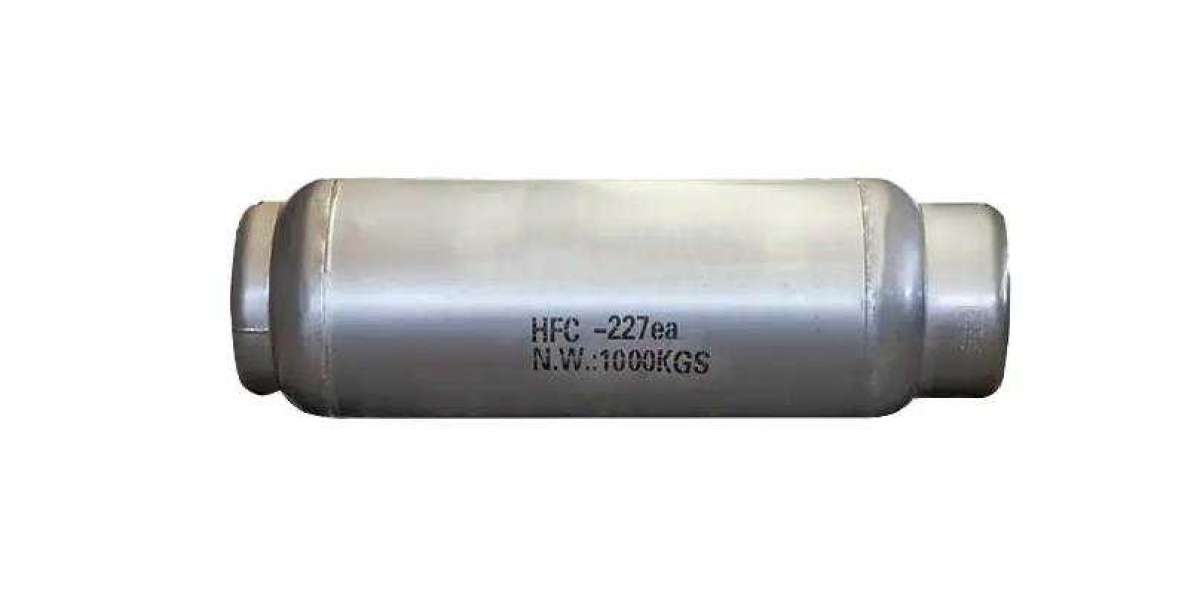Refrigerants play a critical role in the functioning of air conditioning and refrigeration systems, providing the cooling effect necessary for maintaining desired temperatures. Among the multitude of refrigerants available in the market, two commonly used ones are R410 and R507. Both are widely utilized in various applications, each with its own set of characteristics and advantages.
R410, also known as Puron, is a hydrofluorocarbon (HFC) refrigerant blend composed of difluoromethane (R32) and pentafluoroethane (R125) in a 50:50 ratio. It gained popularity as a replacement for R22, an ozone-depleting refrigerant phased out due to environmental concerns. R410 boasts a high cooling capacity and is known for its energy efficiency, making it a preferred choice for residential and commercial air conditioning systems. Additionally, it has a lower global warming potential (GWP) compared to R22, aligning with international efforts to mitigate climate change.
On the other hand, R507 is a blend of two hydrofluorocarbon refrigerants, namely R125 and R143a, in a 50:50 ratio. It falls under the category of azeotropic refrigerant blends, meaning its components evaporate and condense together without fractionation. R507 is commonly used in medium and low-temperature refrigeration applications, such as commercial refrigeration systems and industrial freezers. It offers excellent thermodynamic properties, making it suitable for maintaining consistent temperatures in various cooling processes.
In terms of performance, both R410 and R507 exhibit distinct advantages depending on the application. R410 excels in air conditioning systems, providing efficient cooling while minimizing environmental impact. Its high energy efficiency helps reduce electricity consumption, contributing to lower operational costs in the long run. Moreover, its widespread adoption has led to the development of compatible equipment and components, further enhancing its appeal in the market.
Conversely, R507 demonstrates superior performance in low-temperature refrigeration applications. Its ability to maintain stable temperatures in industrial freezers and cold storage facilities is unmatched, ensuring the preservation of perishable goods and maintaining product quality. The azeotropic nature of R507 simplifies its handling and charging procedures, reducing the risk of system inefficiencies caused by refrigerant fractionation.
Despite their individual strengths, both R410 and Refrigerant R507 face challenges related to environmental sustainability. While R410 has a lower GWP compared to its predecessors like R22, it still contributes to greenhouse gas emissions. Likewise, R507, although an effective refrigerant, contains components with relatively high GWPs, necessitating careful management and proper handling to minimize environmental impact.
In conclusion, the choice between Refrigerant R410 and R507 depends on the specific requirements of the cooling application, considering factors such as temperature range, energy efficiency, and environmental impact. R410 stands out in air conditioning systems, offering high efficiency and compatibility with existing infrastructure, whereas R507 excels in low-temperature refrigeration, ensuring precise temperature control and product preservation. As environmental regulations continue to evolve, the refrigeration industry must prioritize the adoption of environmentally friendly alternatives to minimize ecological footprint while meeting the growing demand for cooling solutions.








